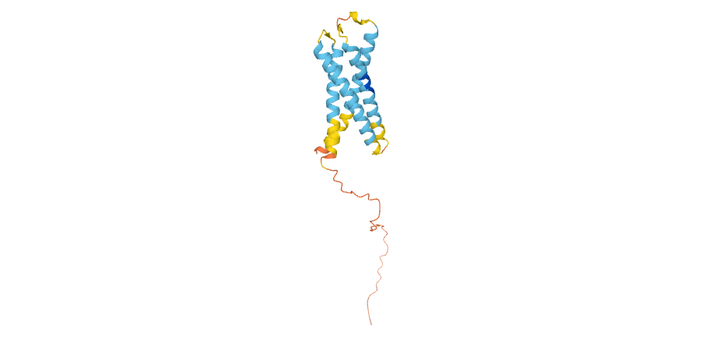The conserved plant PM19 protein functions as an osmosensor and regulator of germination
 Image credit: AT1G04560 AlphaFold
Image credit: AT1G04560 AlphaFold
Abstract
During germination, seeds undergo a dramatic transformation in their water content, which increases from around 10% to 90% within 24 hours. Control of water uptake to the embryo is key to the germination process; failure to imbibe sufficiently can result in seed dormancy. This is strongly affected by environmental factors including drought or salinity and can result in reduced crop establishment and yields. However, the osmosensing mechanisms regulating water uptake in plants have not been described. In this work we show that the highly conserved plant plasma membrane protein AWPM19 is a plant osmosensor, regulating germination under osmotic stress. The AWPM19 protein structurally resembles the yeast osmosensor Sho1, with four transmembrane domains, and the Arabidopsis homologue PM19L1 will phenotypically complement the sho1 mutant, showing that it can function as an osmosensor. We find that PM19L1 is highly expressed in the seed and seedling during germination and is located in the plasma membrane. Arabidopsis pm19l1 mutants have reduced germination in the presence of salt or sorbitol. In a striking parallel to osmosensing in yeast, signalling downstream of AWPM19 involves a MAP kinase signal transduction pathway. These results give an indication of how plants are able to sense the availability of water, and has important implications for the study of dormancy, drought and salinity tolerance in crops. Furthermore this provides insight into evolutionary adaptation of plants to a terrestrial environment.